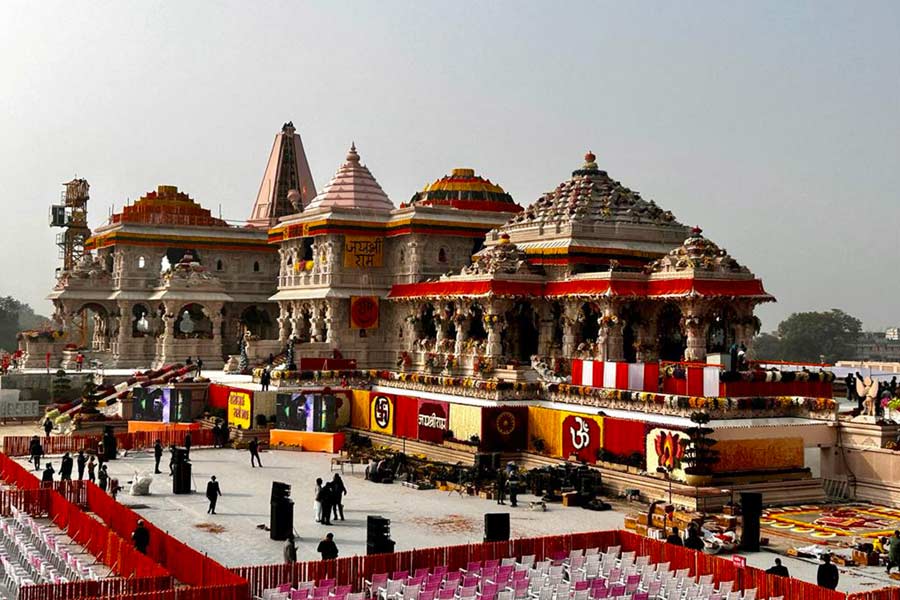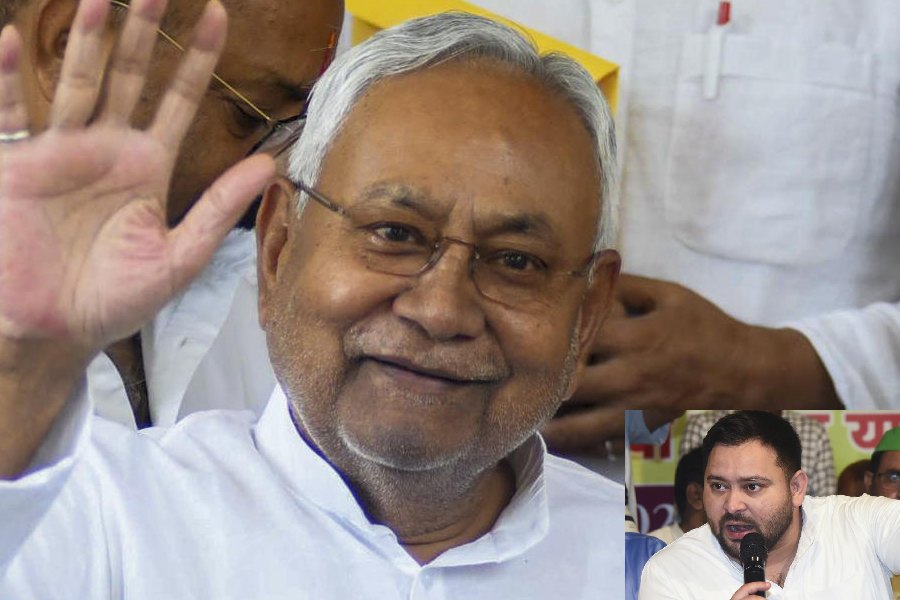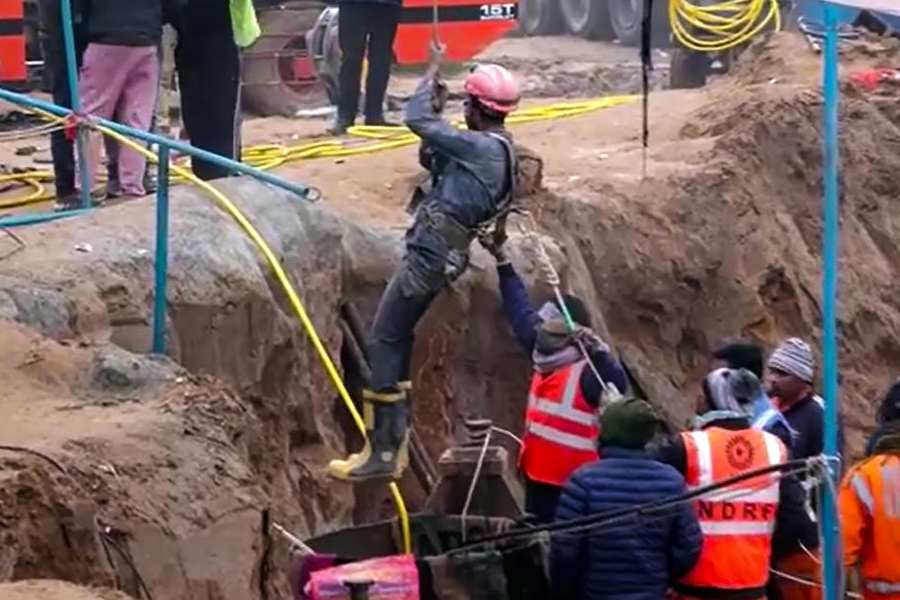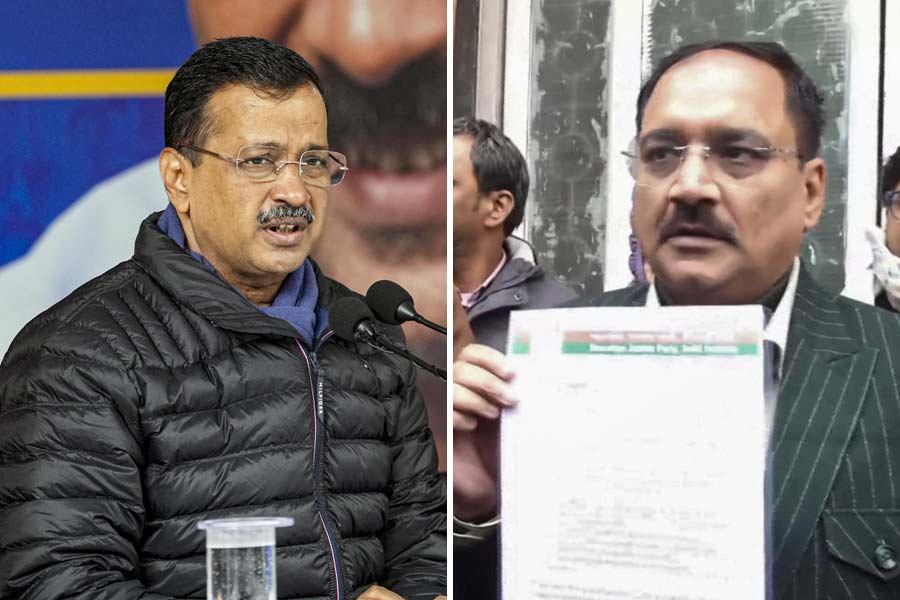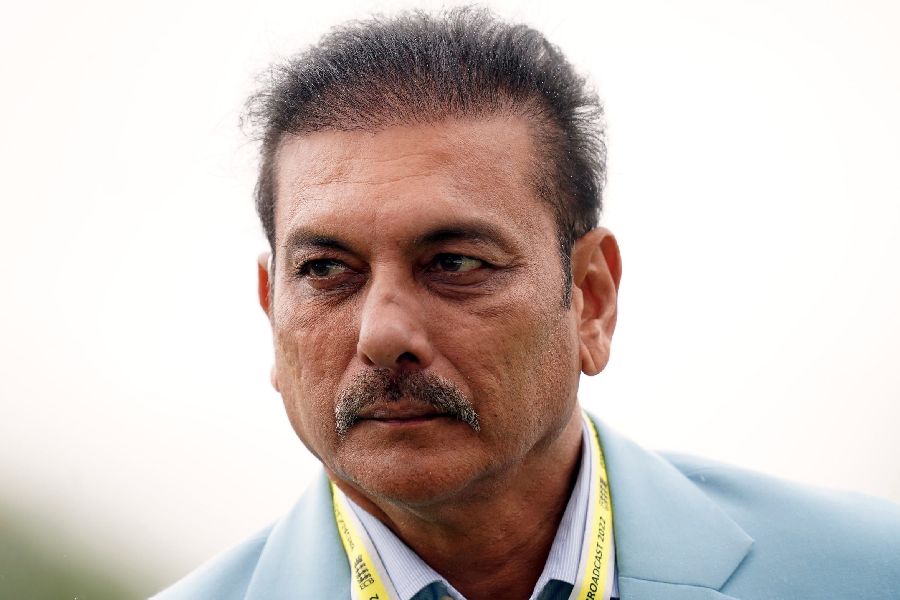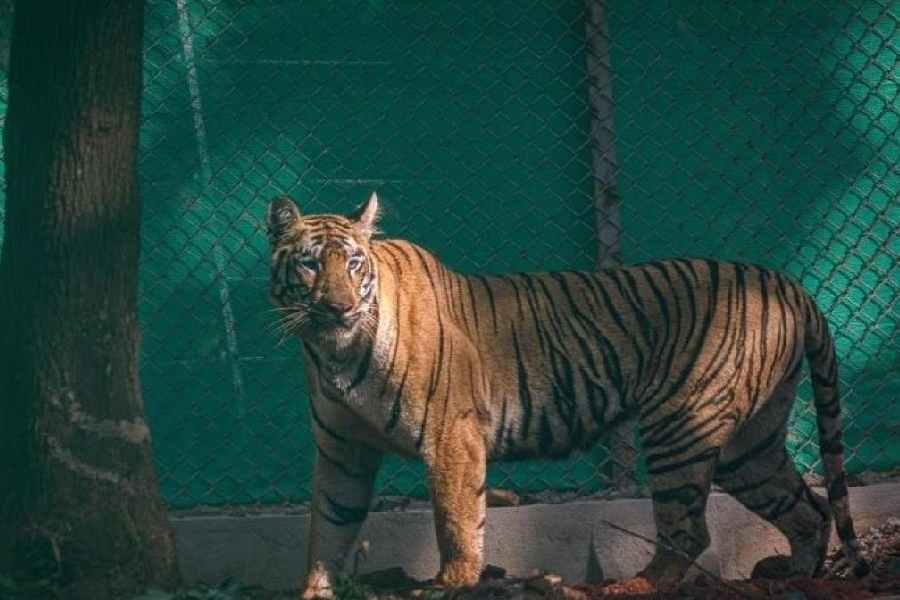Prime Minister Narendra Modi will participate in the consecration ceremony of Ram Lalla in the newly-built Shri Ram Janmbhoomi Mandir in Ayodhya around noon on Monday and will address a gathering present for the occasion, his office said.
The historic 'Pran Pratishtha' ceremony will be attended by representatives of all major spiritual and religious sects of the country, a statement issued by the Prime Minister's Office (PMO) said.
People from all walks of life including representatives of various tribal communities will also attend the ceremony, it said.
Earlier in October, 2023, the prime minister had received the invitation from Shri Ram Janmbhoomi Trust for the 'Pran Pratishtha' ceremony.
The prime minister will interact with 'shramjeevis' (workers) associated with the construction of Shri Ram Janmbhoomi Mandir. He will also visit the Kuber Tila, where an ancient Shiv temple has been restored. He will also perform 'pooja' and 'darshan' at the restored temple, the statement said.
The Shri Ram Janmbhoomi Mandir is constructed in traditional Nagara style – 380 feet in length (east-west), 250 feet wide and 161 feet tall.
The temple is supported by a total of 392 pillars and 44 doors. The pillars and walls of the temple showcase intricately sculpted depictions of Hindu deities, gods, and goddesses.
“In the main sanctum sanctorum at ground floor, the childhood form of Bhagwan Shri Ram (the idol of Shri Ramlalla) has been placed,” the statement said.
The main entrance to the temple is situated on the eastern side, which can be approached by ascending 32 stairs through the ‘Singh Dwar’.
There are a total of five halls in the temple - Nritya Mandap, Rang Mandap, Sabha Mandap, Prathana Mandap and Kirtan Mandap.
Near the temple is the Sita Koop, a historic well dating back to the ancient era, the statement said.
In the southwestern part of the temple complex, at Kuber Tila, the ancient Shiv temple has been restored along with the installation of a statue of Jatayu.
The foundation of the temple has been constructed with a 14-metre-thick layer of roller-compacted concrete (RCC), giving it the appearance of artificial rock. No iron is used anywhere in the temple, according to the statement.
For protection against ground moisture, a 21-foot-high plinth has been constructed using granite.
The temple complex has a sewage treatment plant, water treatment plant, water supply for fire safety and an independent power station.
The temple has been constructed employing the country's traditional and indigenous technology, the statement said.
Except for the headline, this story has not been edited by The Telegraph Online staff and has been published from a syndicated feed.

